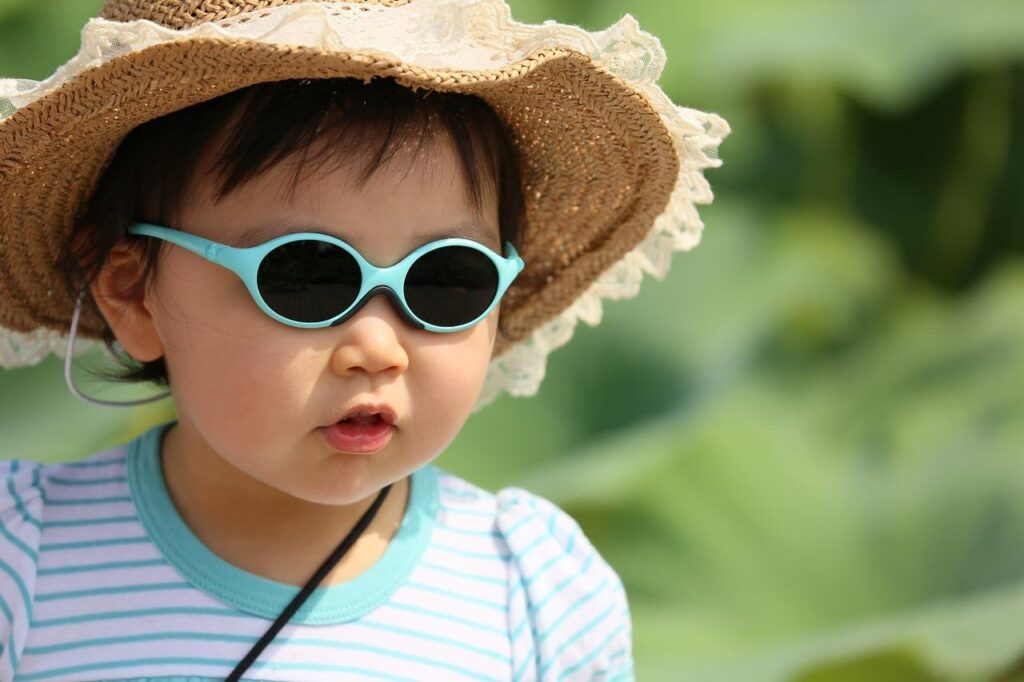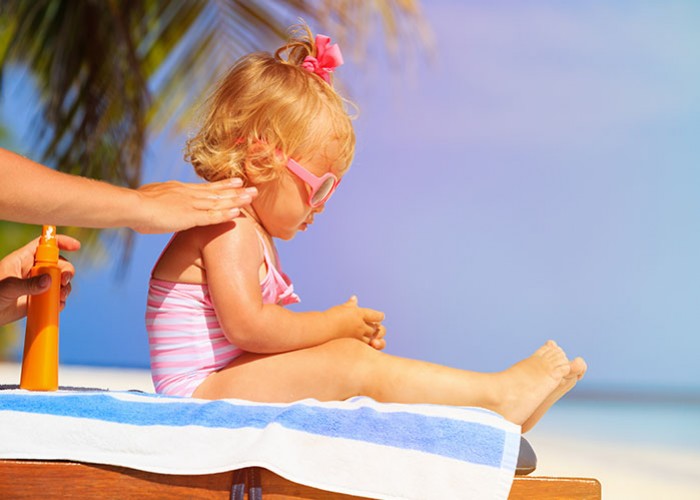The sun provides us with all that the earth requires. All the light and heat it gives out is what ensures that the earth is in the habitable zone in our solar system. There is no doubt that the sun is a nuclear fusion reactor. This phenomenon implies that the sun constantly lashes out on us with a tremendous amount of radiation.
The earth’s gravitational pull and atmosphere ensure that we are protected against most of the cosmic radiation. However, it is not ideal to assume that the rays that enter the planet’s atmosphere are completely safe.
We are being exposed to harmful Ultraviolet rays redundantly. If those rays can damage our eyes, imagine what a menace they are to kids. You can protect their eyes by using Kids Sunglasses.
Sunlight And Its Side Effects

Whenever we go out these days, we make sure to apply sunscreen and other protective oils to keep our skin well protected. People often wear scarves and cover their bodies entirely in breathable fabric, especially in warmer countries where the sun is almost always at its peak. We work tirelessly to prevent skin irritation and other conditions, especially skin cancer.
If we are so cautious about our skin and greatly our face, why not protect the eyes too. Eyes perform throughout the day and night as long as we are awake. They play an irreplaceable role in our bodies.
Sunglasses not only reduce harmful bright light from damaging our retina but also reduce eyestrain. These benefits surely make them a necessity.
So When Are Kids Supposed To Be Introduced To Sunglasses?

As the saying goes, infants up to the age of one year should not be exposed to the sun at all. Post that, children can be exposed to some amount of diffused sunlight. Even if you want to hand them sunglasses, it becomes difficult to search for the size that will fit them. Children do not need to be given any spectacles before the age of three.
This restriction is because the glasses have particular weight. As we must know, glasses normally rest on the nose and ears. At younger ages, children are quite delicate. If the glasses are worn for too long, their skin may darken in the spots where there was pressure applied.
After the age of three, you may introduce them to shades. However, it is important to remain cautious. If your children are never allowed to step out in broad daylight without shades, they will be exposed to the risk of developing photosensitivity. Photosensitivity means the eyes will not be accustomed to viewing in a brighter environment. This condition will lead to squinting of the eyes regularly and sneezing in brighter situations.
Why Should You Use Sunglasses?
Research worldwide has revealed that short wavelength photons may function as a stimulant in the degeneration of optical cells. Cataracts are frequent as we get older, usually around the age of forty.
The term “cataract” refers to hazy lenses. As more and more energy is absorbed from these solar radiations, there is a chance that they will surface at some point.
Besides the most basic aim of giving structural support to lenses, the frames have no other purpose. The only other function that frames might have is to add style. Kids and teenagers like dressing up.
They will frequently accessorize with sunglasses and possibly even powerless lens eyeglasses. If the sunglasses also guard against dangerous Ultraviolet rays, that is a bonus.
Tinted glasses do not guarantee that the risk of undue illnesses will be avoided completely. . However, they will undoubtedly mitigate any potential danger caused by sunlight. It is reasonable to invest in them, even if just partially, to protect your child’s eyes in the future.
Risks Involved In Exposure To Sun Rays

Radiation is what causes mutations in the human DNA. Mutations of optical cells lead to defects in the eye. Such mutations are on a genetic level and are therefore nearly irreversible.
Children that are too young have little experience in going out. Especially around reflective materials like mirrors and water bodies, they might look straight into the glare of the sun. This innocent mistake can result in irreparable damage to the retina and cornea. Using sunglasses surely does reduce the severity of it.
What To Consider Before Buying Shades?

You must know for who you are purchasing the shades. If the wearer is going to be a toddler under the age of 5, you must consider buying absolutely toxin free glasses with polycarbonate lenses. Toddlers often put everything into their mouths and chew stuff. Giving them spectacles that cannot be broken or disassembled into smaller parts is the best bet you can have. Small parts can often choke children.
Another important consideration is whether your child is a teenager or not. Teenagers often look for style. They will surely prefer glasses matching their overall body type and outfits. You must let them select their glasses. In doing so, you will offer enough control while ensuring that the lenses offer genuine protection.
It is not preferable to buy glasses with gradient lenses if your teenager drives or is into active sports. Gradient lenses will offer a darker tint on the upper hemisphere of the lenses while little to none on the south side. The problem here is the equatorial region. That is when objects seem wobbly. It can be dangerous in active sports and driving. So steer clear of these unless it is for a beach.
Bottom line
Sun rays cannot be avoided entirely and should not really be avoided throughout. This suggestion is because it also offers Vitamin D and stimulates the bone marrow. Exposure to the sun produces melanin in the skin, which adds more pigment to the cells.
The chances of having wrinkles are marginally reduced when an actual amount of time is spent in the sun. Therefore, it is not a bad choice to go for some shades for your kids at an early age.



